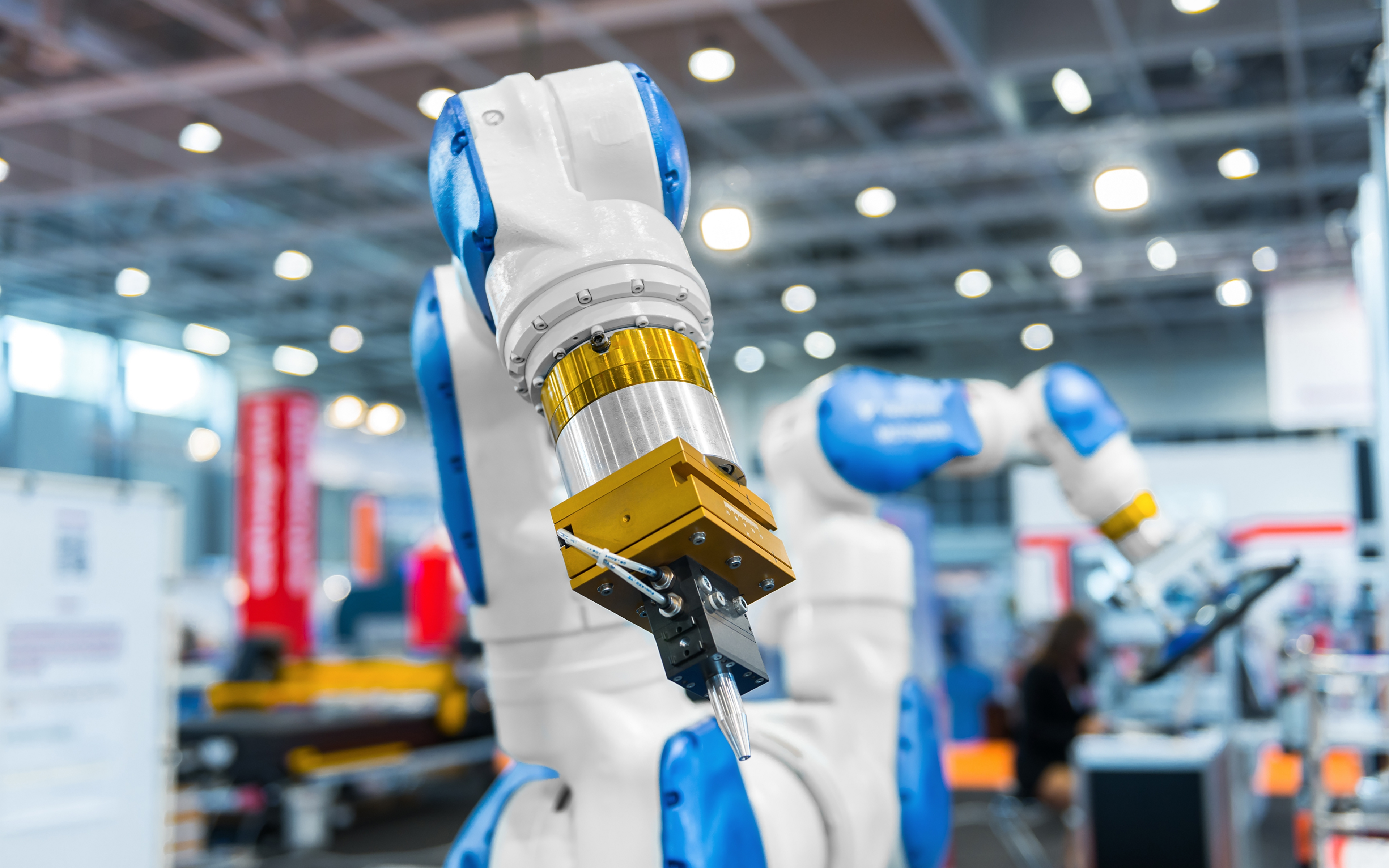For many manufacturing companies, capacity planning may seem like a relic of the past. However, geopolitical tensions, tariffs, a renewed focus on onshoring and heightened M&A activity are bringing capacity planning back to the forefront.
Our point of view: These trends underscore an urgent need to revive capacity planning processes for operational efficiency and competitiveness.
The bottom line: Manufacturers have access to an abundance of data and information. While this allows for basic capacity planning, it often falls short of providing a comprehensive and accurate picture of future demand. By defining the end-to-end process, leveraging digital twin simulations and optimizing for contemporary customer buying and distribution models, manufacturers can achieve more precise and efficient outcomes.
_____________________________________
For many manufacturing companies, capacity planning may seem like a relic of the past. Engineering roles responsible for this crucial function were displaced in the last few decades as production moved overseas.
However, in recent years, geopolitical tensions, tariffs and a renewed focus on onshoring are bringing capacity planning back to the forefront for many U.S. manufacturers. From 2022 to 2023, U.S. imports from low-cost Asian countries decreased by $143 billion. Additionally, 38% of manufacturing executives are actively reshoring or nearshoring operations from mainland China, while another 25% are considering moving operations away from India.[1]
In addition, heightened merger and acquisition (M&A) activity in recent years has resulted in many manufacturers inheriting new products and production facilities. Often, the acquiring manufacturer discovers the internal capacity planning operation is not built out as they had hoped.
These trends underscore an urgent need to revive capacity planning processes for operational efficiency and competitiveness. As more manufacturing returns to the United States, industries are rediscovering its competitive advantages and those that eliminated the function years ago are finding it necessary to ramp back up. For many, however, it remains a challenge; internal institutional knowledge for capacity planning has been dissipating for a long time.
There are signs of optimism with the rebirth in domestic manufacturing, which has renewed focus on capacity planning, throughput analysis and process optimization. To thrive in the current market, manufacturers must adapt to these changes, making capacity planning essential to their operations.
Best practices for capacity planning
Today’s manufacturing environment demands more sophisticated capacity planning technologies and approaches to achieve optimal results. Think of it as needing the right power tool for the job. You wouldn’t use a simple hand drill to tackle a project requiring precision and efficiency. Similarly, basic capacity planning tools may not suffice for modern manufacturing challenges.
Here are three best practices for capacity planning:
1. Define the end-to-end process
Capacity planning starts with defining the time it takes for a product to move through a production facility. This involves detailed measurement and validation of process times, leading to the creation of a bill of materials and routing processes. This step outlines every component and procedure involved, providing a comprehensive view of what should be achievable in terms of production speed and efficiency.
For example, a power tool manufacturer that is looking to use capacity planning should consider the following steps:
- Determine how many power tools can be mass-produced in a month by assessing the production line’s throughput and identifying any potential bottlenecks.
- Calculate the number of workers required to meet the production target, factoring in shifts, skill levels and productivity rates.
- Evaluate the technology required: What machinery and equipment are necessary and are there any automation tools that can enhance efficiency?
The answers to these questions will help in building a comprehensive capacity plan that aligns with the production goals.
Furthermore, it is essential to analyze the profitability of producing a specific quantity within a given timeframe. This means conducting a market analysis to ensure that the production rate meets demand without resulting in overproduction or stockouts. Asking the right questions and utilizing the appropriate tech solutions and talent is paramount to determine the feasibility and efficiency of the production process.
By meticulously defining each step of the end-to-end process, manufacturers can create a robust capacity plan that ensures efficiency and competitiveness in the market.
2. Conduct digital twin simulations
While traditional enterprise resource planning (ERP) systems offer some capacity planning capabilities, they are often limited to a single set of inputs and outputs without the flexibility to run multiple scenarios. Employing digital twin simulations, one of the most advanced and impactful practices in capacity planning, can help in this regard.
This is a process that involves overlaying sophisticated simulation tools on top of the production model, allowing for the testing of various scenarios and identification of constraint limits. Manufacturers can validate and optimize their capacity planning with unprecedented accuracy and speed by running thousands of simulation models, accomplishing in days, hours or even minutes what once required multimillion-dollar software and extensive timeframes.
The accessibility of new technologies and the ability to integrate them with process knowledge allow companies to perform comprehensive capacity analyses with minimal resources. This approach fills the gaps left by the reduction in engineering teams, providing a scalable solution for modern manufacturing challenges.
Optimizing the simulation models still requires building the logic into these tools to achieve the best-fit scenario. This means that a deep understanding of process and product knowledge is still essential to truly optimize the outcomes. By leveraging these advanced technologies in conjunction with expert insights, manufacturers can ensure their capacity planning is both precise and effective.
3. Optimize for today’s customer buying trends, distribution models
Supply chain designs from decades ago no longer align with current market demands, and can lead to suboptimal network designs, outdated facility locations and inefficiencies in product allocation. To remain competitive, manufacturers must align their production processes with modern buying and distribution patterns, such as the demand for rapid delivery and customization exemplified by the Amazon model.
Consider a manufacturer of consumer electronics. In the past, the company might have optimized its production and distribution to supply large retail chains on a seasonal basis. Today, however, customers expect to purchase these products online and receive them within a few days, if not hours. To meet this demand, the manufacturer needs to optimize its capacity planning to ensure that inventory is strategically placed in distribution centers near key markets and that production schedules are flexible enough to respond quickly.
By continuously revisiting and optimizing capacity planning to meet current market requirements, manufacturers can ensure they are producing the right products, in the right quantities and at the right speed. This adaptability is key to maintaining relevance and efficiency in today’s manufacturing landscape.
Achieving sustained success
Manufacturers have access to an abundance of data and information. While this allows for basic capacity planning, it often falls short of providing a comprehensive and accurate picture of future demand.
By defining the end-to-end process, leveraging digital twin simulations and optimizing for contemporary customer buying and distribution models, manufacturers can achieve more precise and efficient outcomes.
[1] Kearney “Made in America: Here to stay?” Accessed July 11, 2024.





